Highlights:
- Pushes back against old stereotypes, choosing to focus on joy and celebration instead of struggle.
- It insists the community deserves stages for celebration, not just for sharing pain.
- It walks through four raw, human chapters: Seeking, Desire, Acceptance, and Love.
- Its core mission is putting brown, queer male bodies on stage in a way that is still rarely seen.
In an exclusive chat with Eastern Eye, choreographer Jaivant Patel spoke about ASTITVA, a new dance work that reimagines what it means to be queer and south Asian through movement, rhythm, and emotion.
ASTITVA translates to “existence,” an apt title for a piece born from the need to simply be seen and heard. It reflects Patel’s journey and the lived realities of queer south Asian people today.
Before discussing the details of the show, Patel made one thing clear: this is not a story about struggle or pity.
“I reject the idea of a victim narrative,” he said, leaving no room for doubt. “The south Asian queer community always tends to fall into a stereotype, and it always falls within a, I would say, a victimisation. In order to validate our stories, we have to be hard done by. I don't believe in that.”
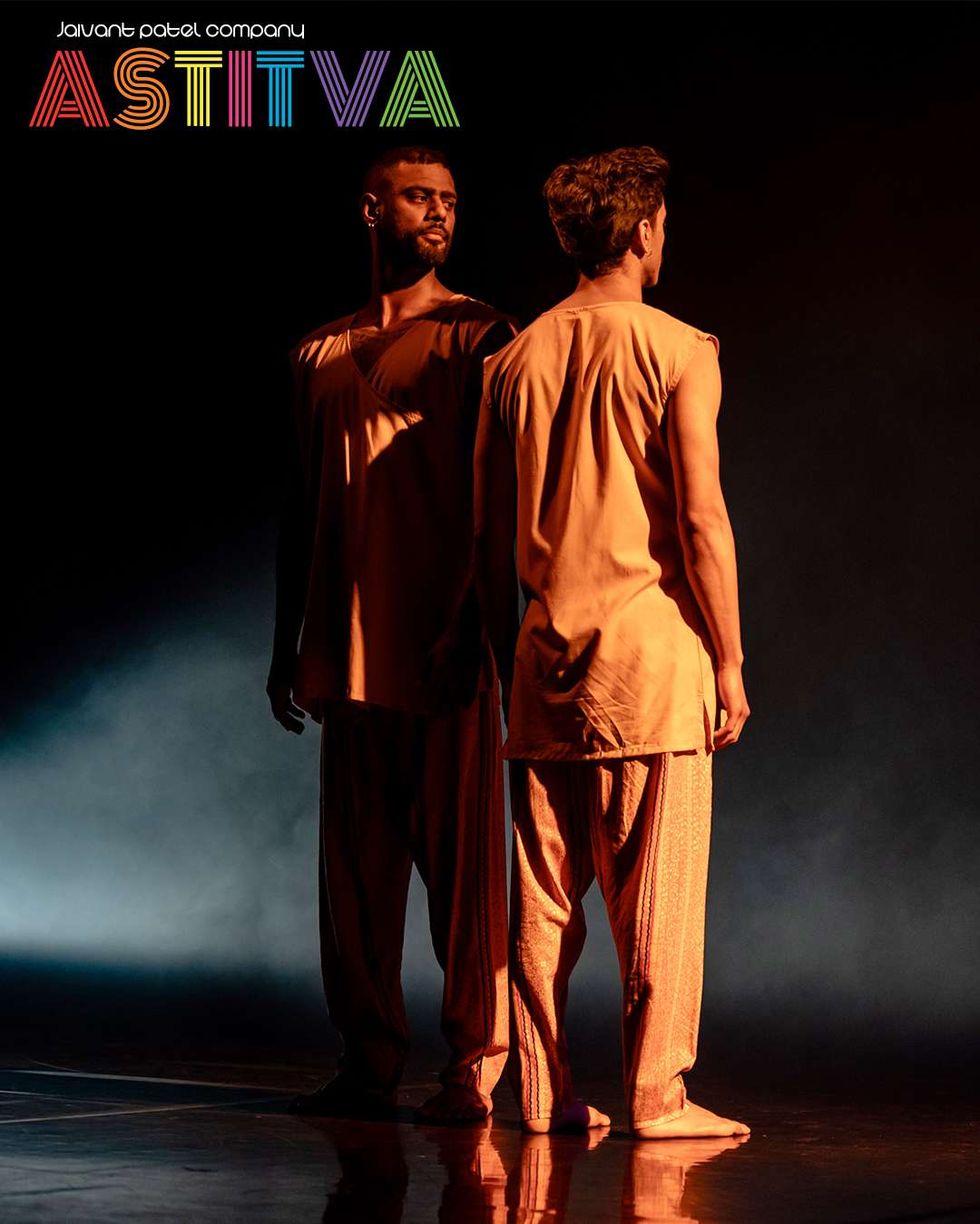
Empowerment from within
So, what does he stand for instead? “I believe we deserve spaces that let us celebrate who we are,” he said. “Validation should come from within.”
As Patel puts it, the focus is on empowerment from within: “It’s about empowering ourselves instead of waiting for it from somewhere else.”
That whole idea? That is the heartbeat of the show. It walks us through four raw, human chapters: Seeking, Desire, Acceptance, and Love. This structure was not just made up; it came from listening. “I explored it in a way that was reflective of the stories and the experiences that I was hearing,” he explained, talking about what he calls the “gay man life timeline".
It is different, he says, “It is not the simple straight path of school, marriage, and kids. It is more complex, and often doesn’t follow the same path.”
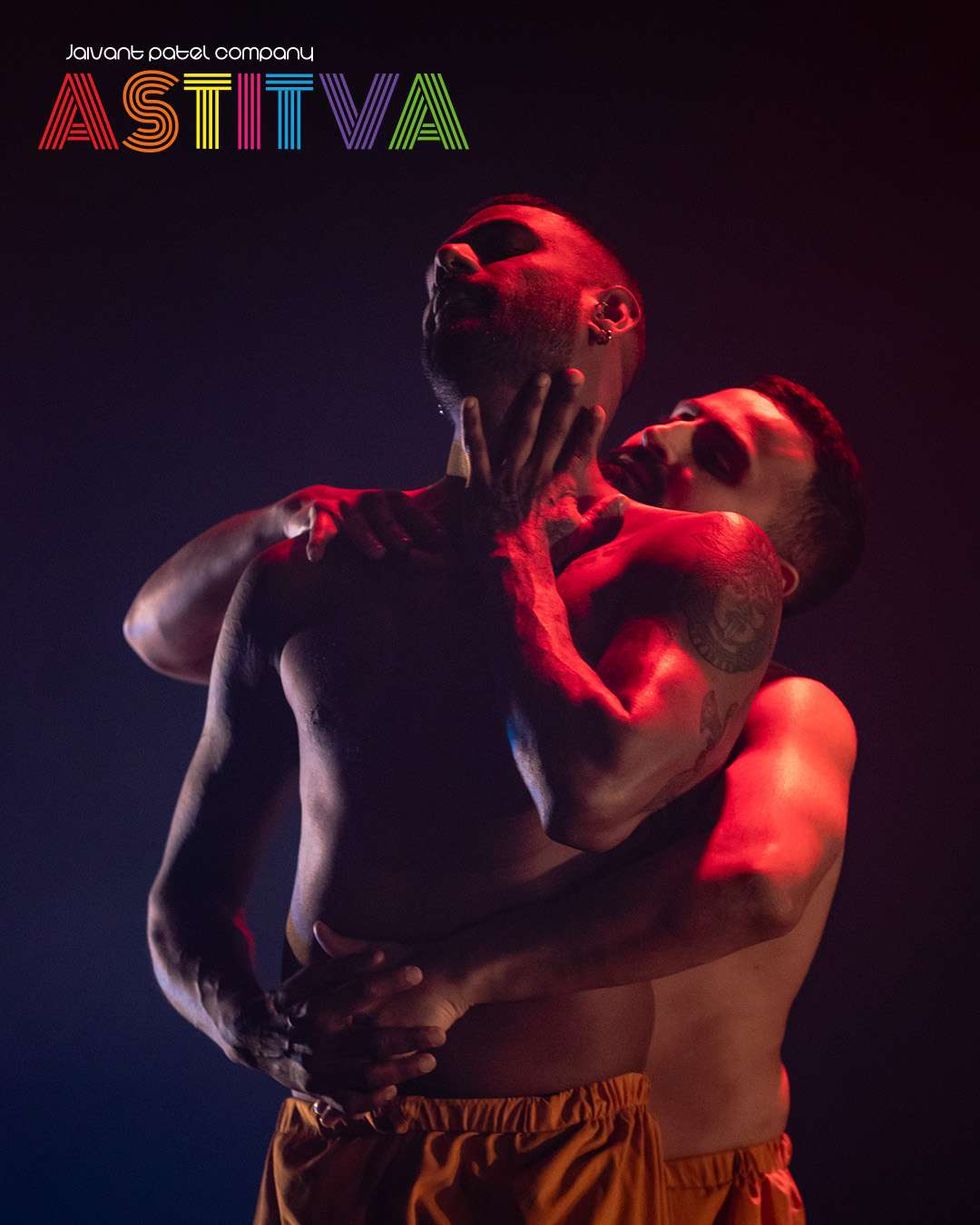
Celebrating love
And for him, one part was non-negotiable. “The one section that I absolutely wanted and was sure about was a section centred around love.”
Why? Because of the sheer power of seeing it. “The representation of brown south Asian bodies on stage is groundbreaking and unique within itself, because we don't see that. Part of the reason I wanted to do this was my own need to feel represented.”
Contemporary storytelling
“This is not being told through south Asian dance,” he corrected. “This has been told through a contemporary lens.”
You will not see classical Indian dance steps here. Instead, the show grabs onto the ancient power of storytelling that those forms are built on. Patel puts it plainly: “Traditions are what we make for ourselves, not what society has made for us.”
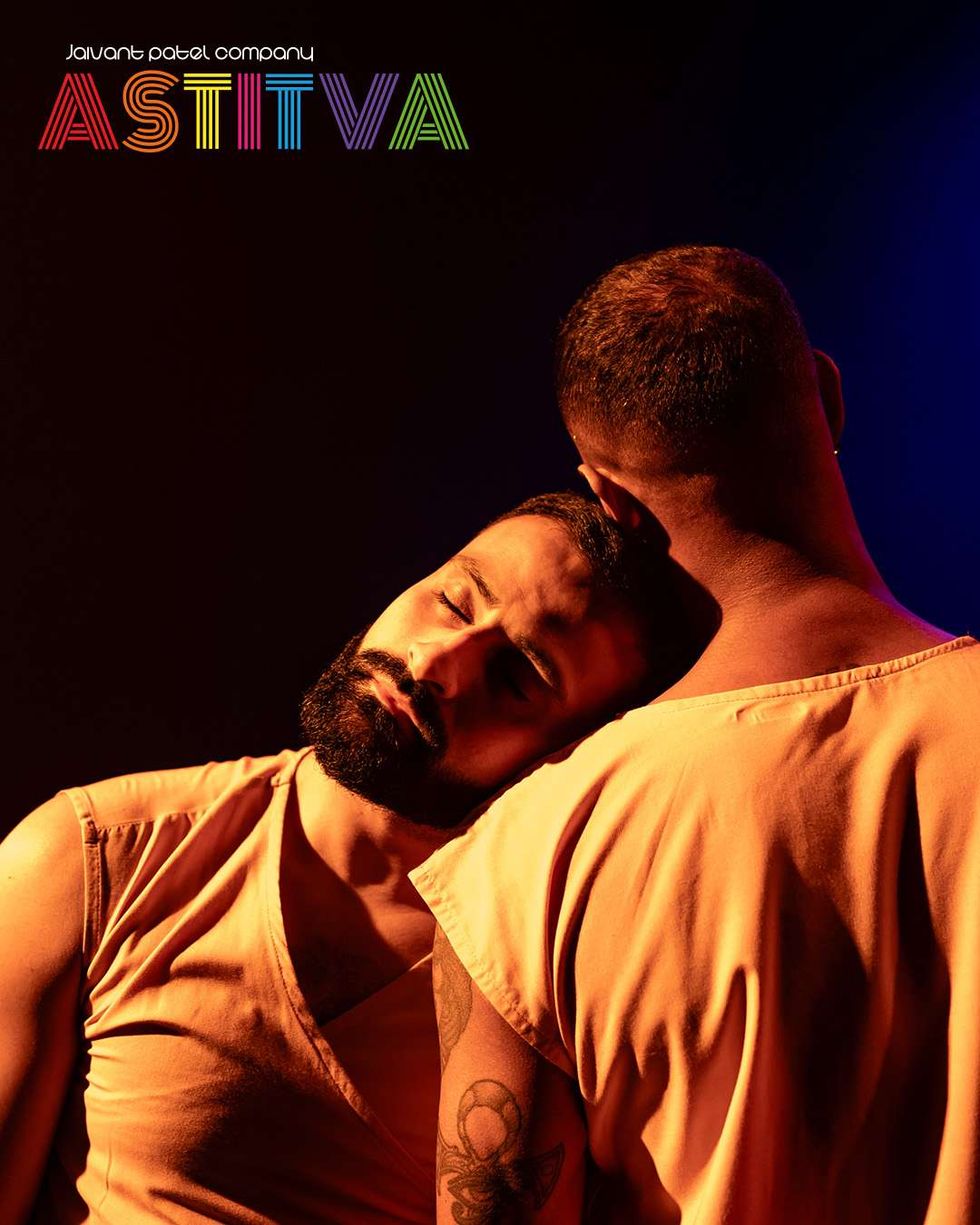
Soundscape and music
The show comes alive with a powerful soundscape by Alap Desai. The music functions more like a character. They are using a specific classical raga called Darbari, which was once played in royal courts. “I wanted to hold my own court with this kind of work,” he said with a smile. “So what better than to use the rich raga that is Darbari.”
Universal themes
So, who is this for? While the stories are specifically south Asian and queer, the feelings are universal.
“The themes are universal,” he said. “As human beings, we all seek, as human beings, we all desire, as human beings, we all want acceptance and as human beings, we all want love. It also gives the audience the feeling that those from the queer community are human too.”
A visceral creative process
Creating something this personal is a visceral process.
“This work has literally come pouring out of me. I'm not one of those choreographers who sits back and directs. I need to be involved in the action. I need to be going on that journey with the dancers. I kind of feel like I've also danced through this process as well,” he shared, crediting the dancers in the room.
Did making the show change him? Not exactly. “I don't think it changed my perspective because I've lived that perspective. But what it did make me understand further was the fact that the experiences that I've had are not mine alone.”
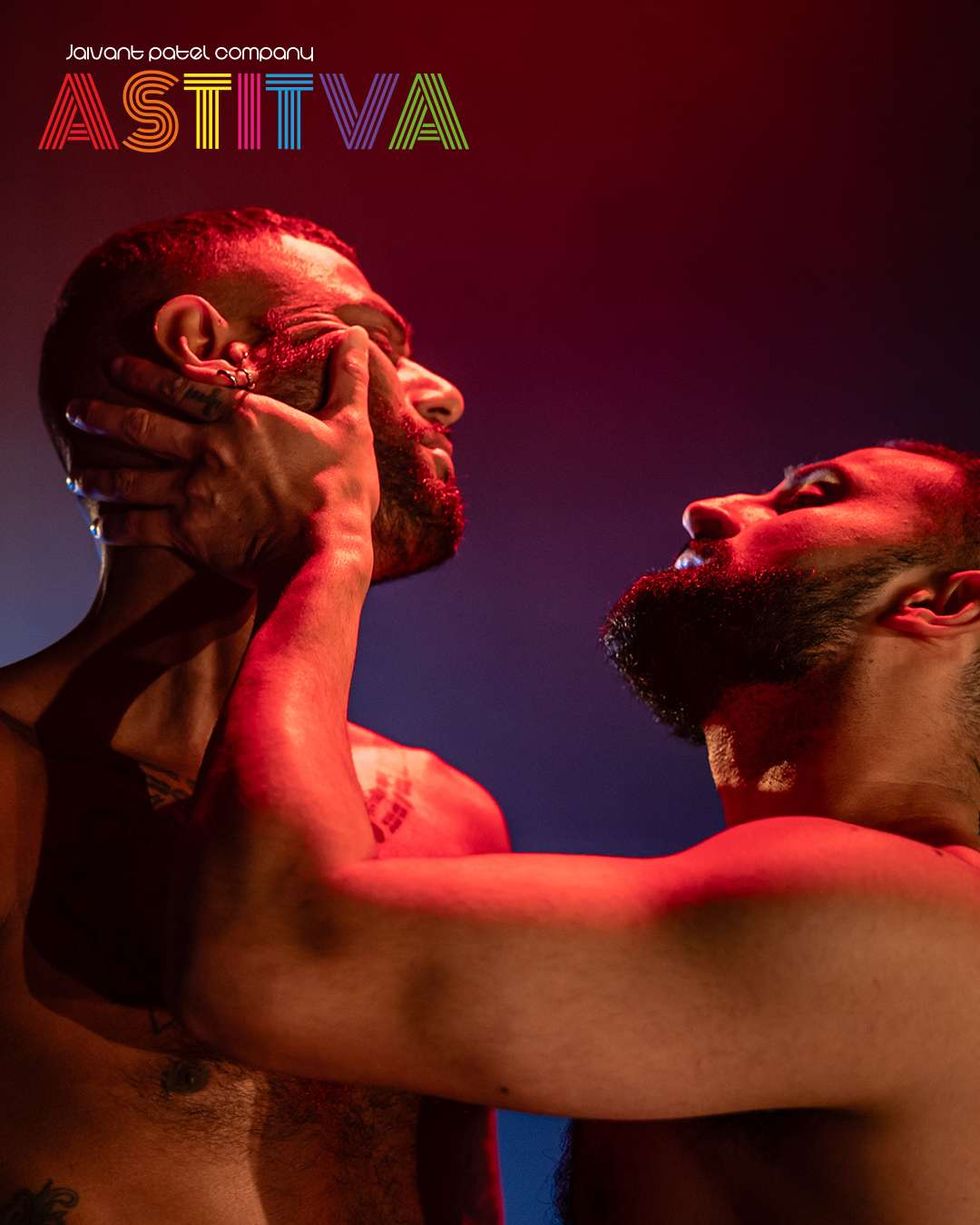
Looking ahead
Looking ahead, he is focused on legacy. He is building something so others do not have to start from scratch. “I think it's safe to say that at the moment, Jaivant Patel Company is the only arts company that's doing what it's doing. I hope that the legacy of that means that others are empowered to also do the same.”
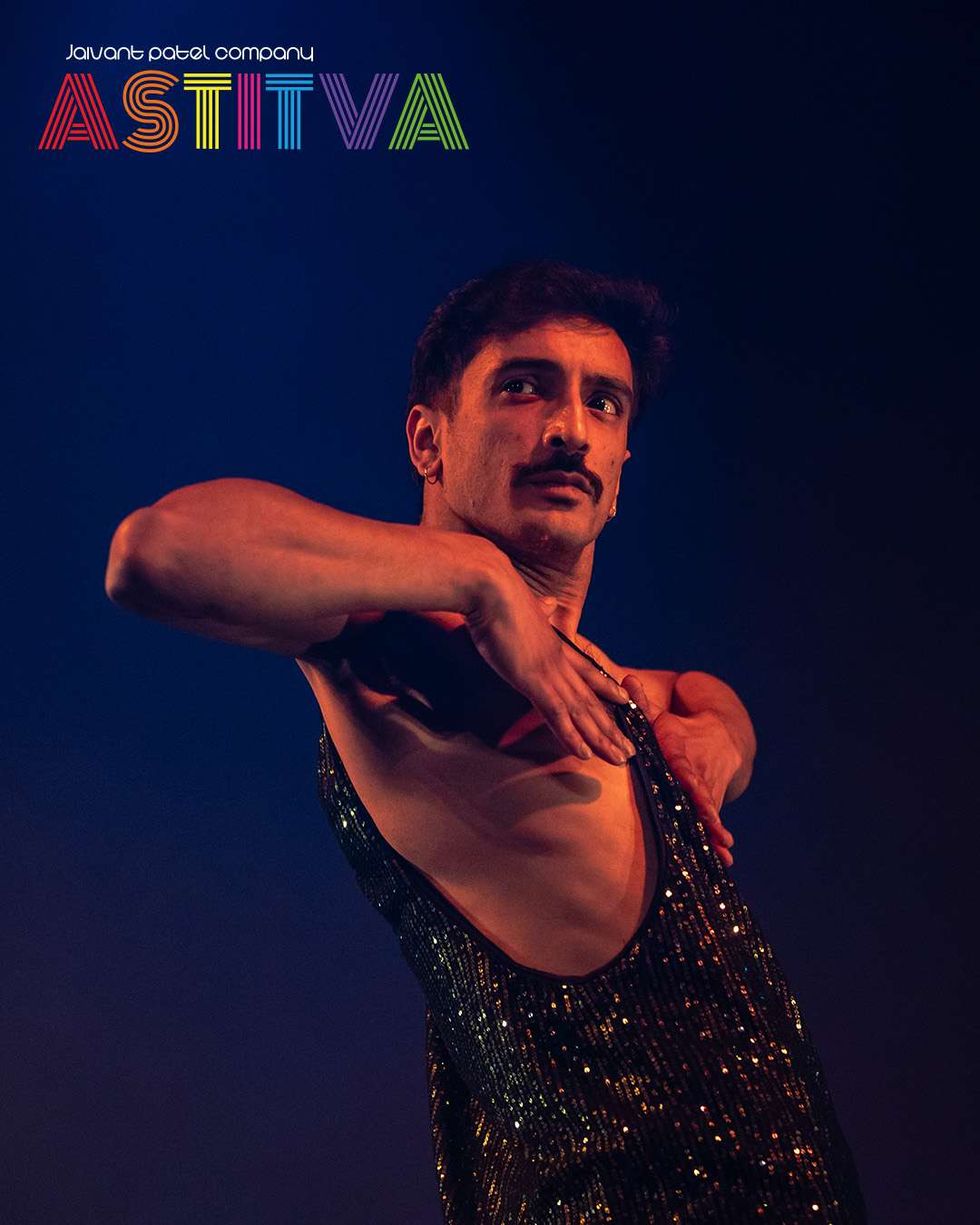
And what is next? It is simple. He wants people to see it. “I would hope that the tour extends and goes to venues and is really seen by people.” He leaned in, making his final point clear. “Because they should see it. They should see it.”
And after hearing all this, you get the sense that he is right. We should.
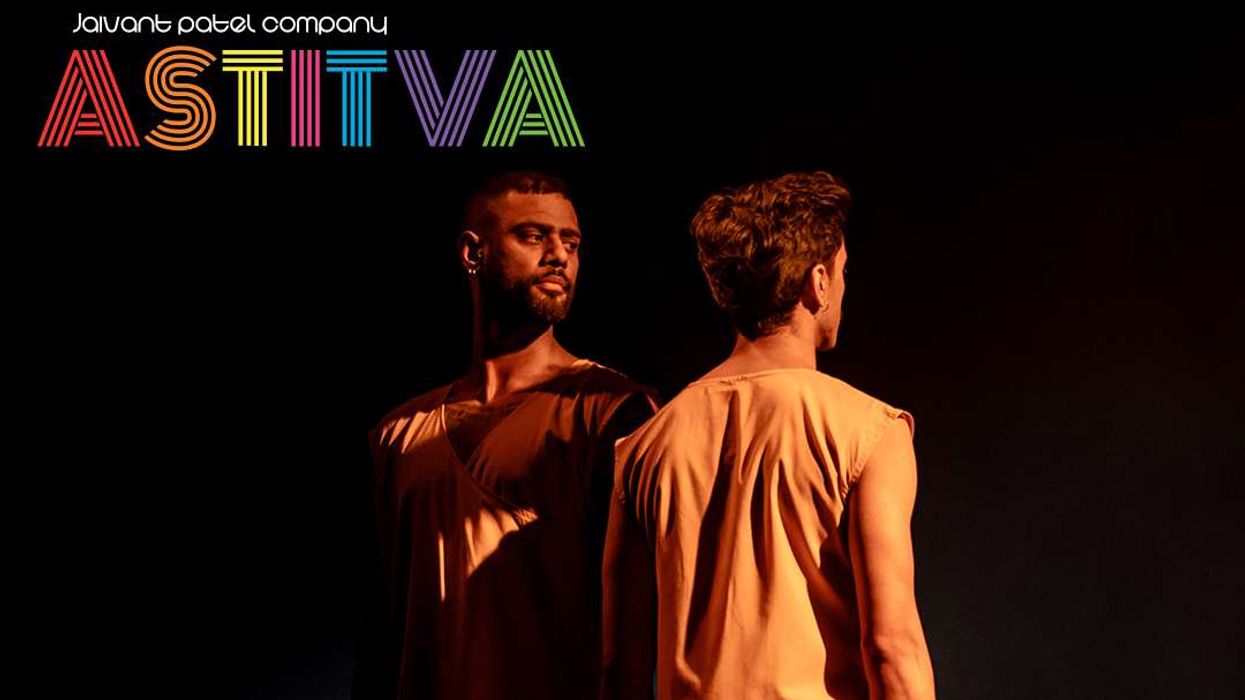

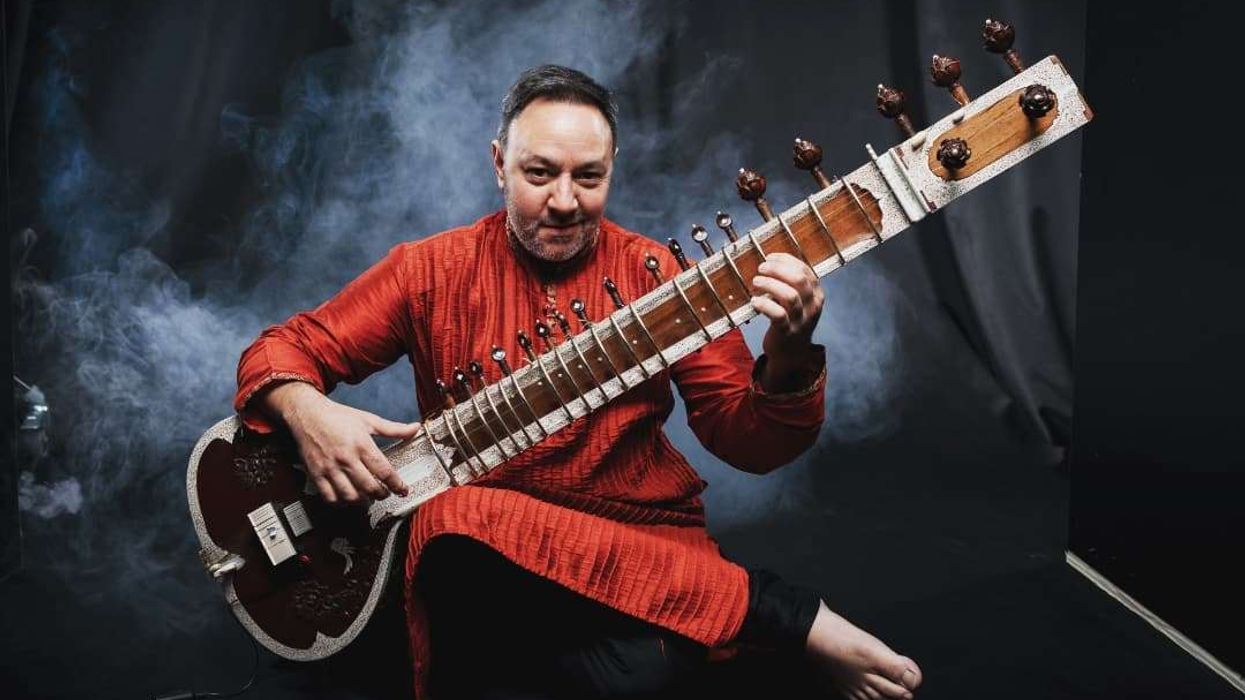
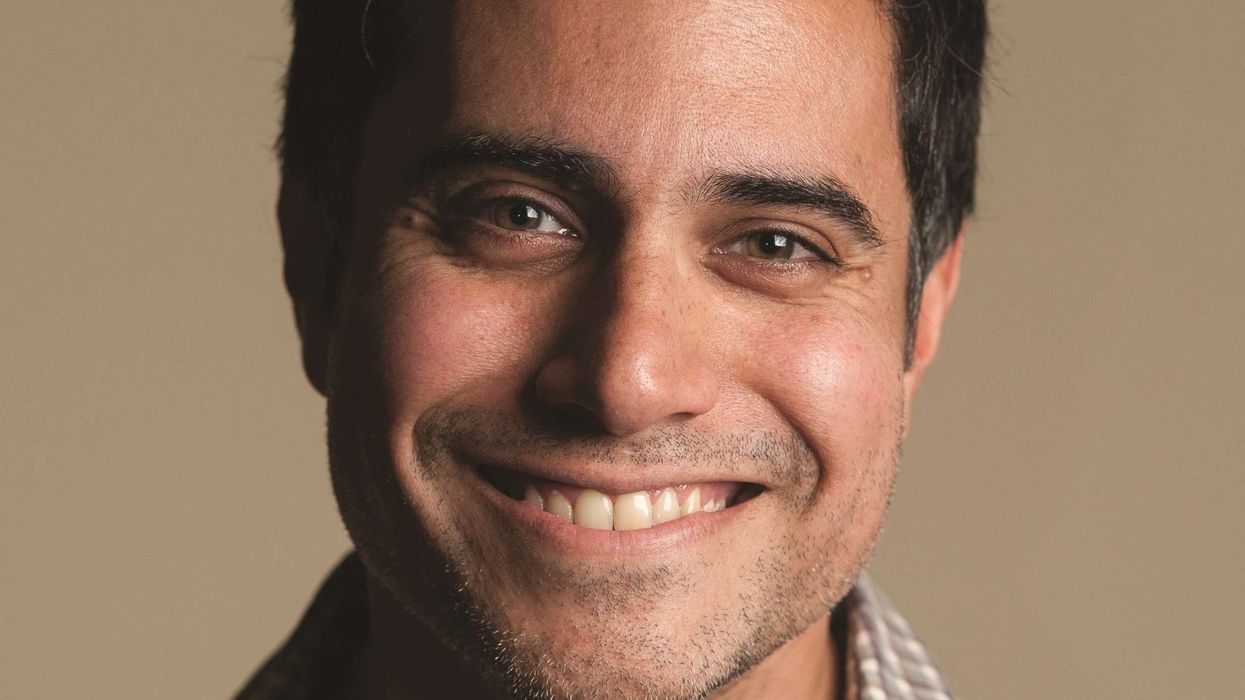

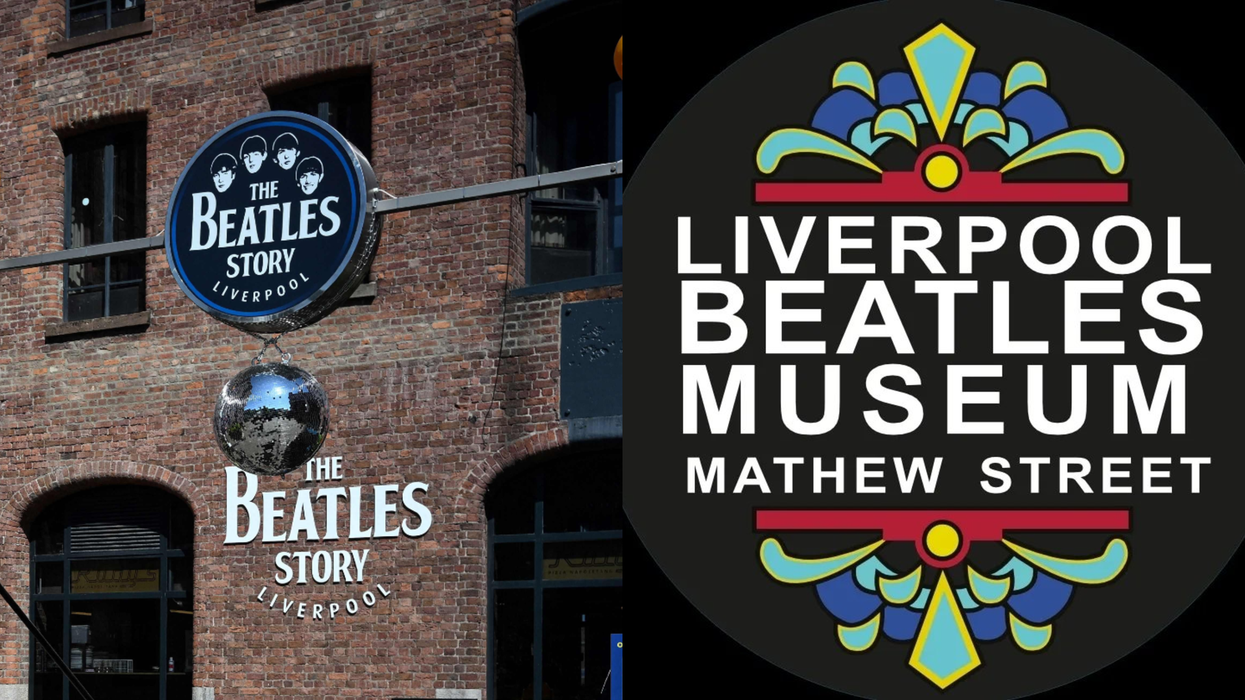
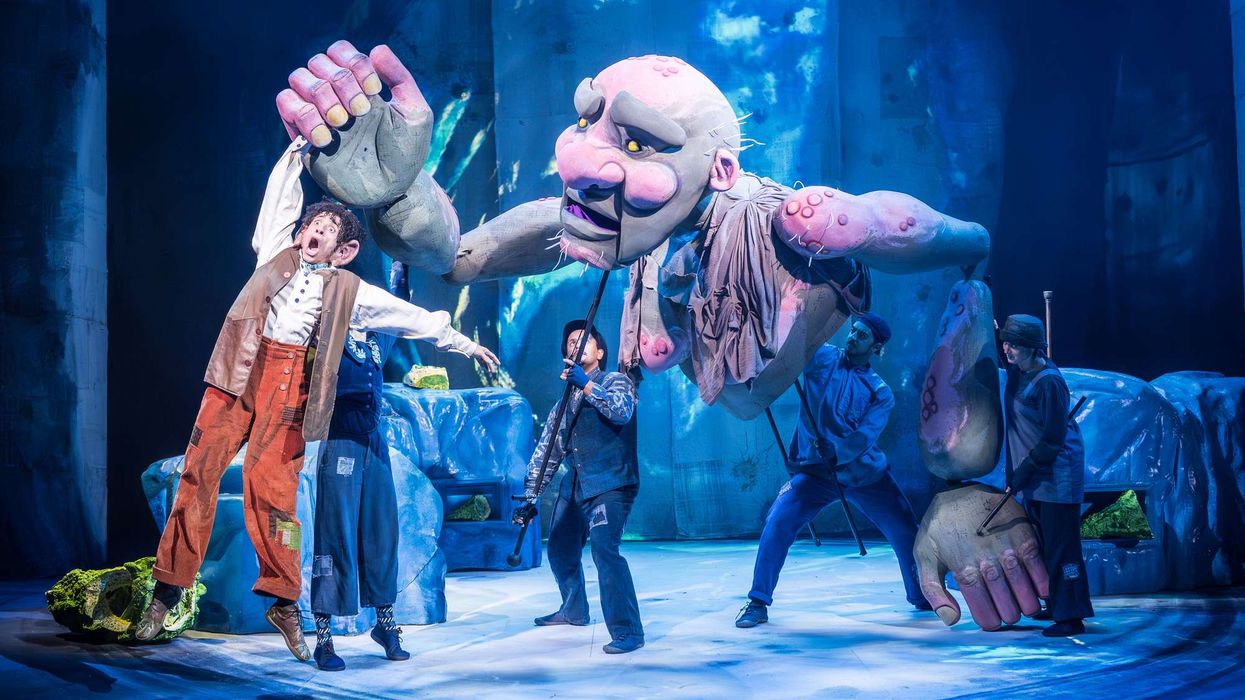
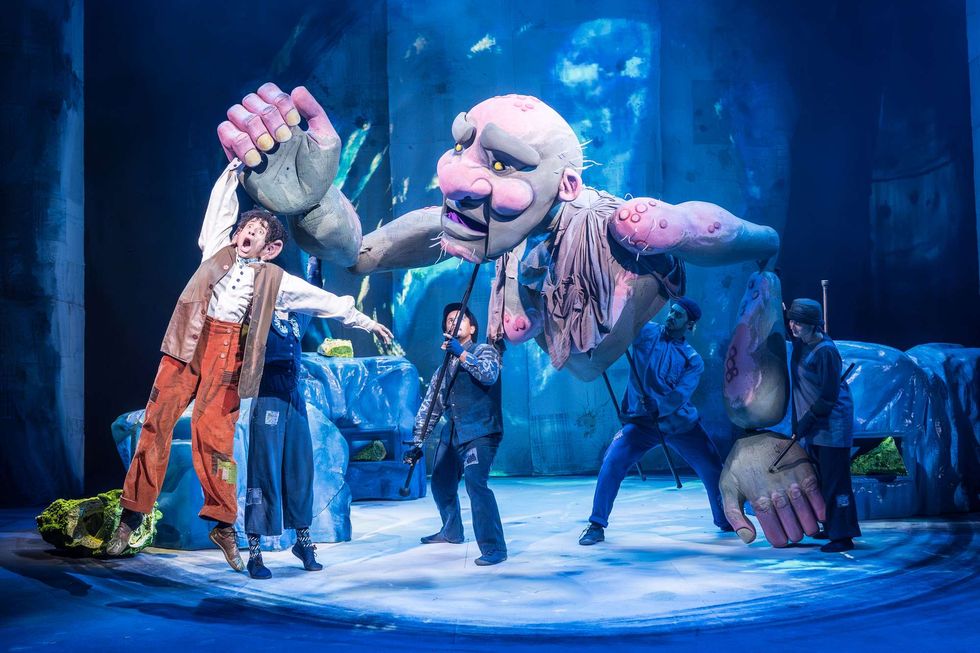 The BFG - production images Royal Shakespeare Company/(c) Marc Brenner
The BFG - production images Royal Shakespeare Company/(c) Marc Brenner 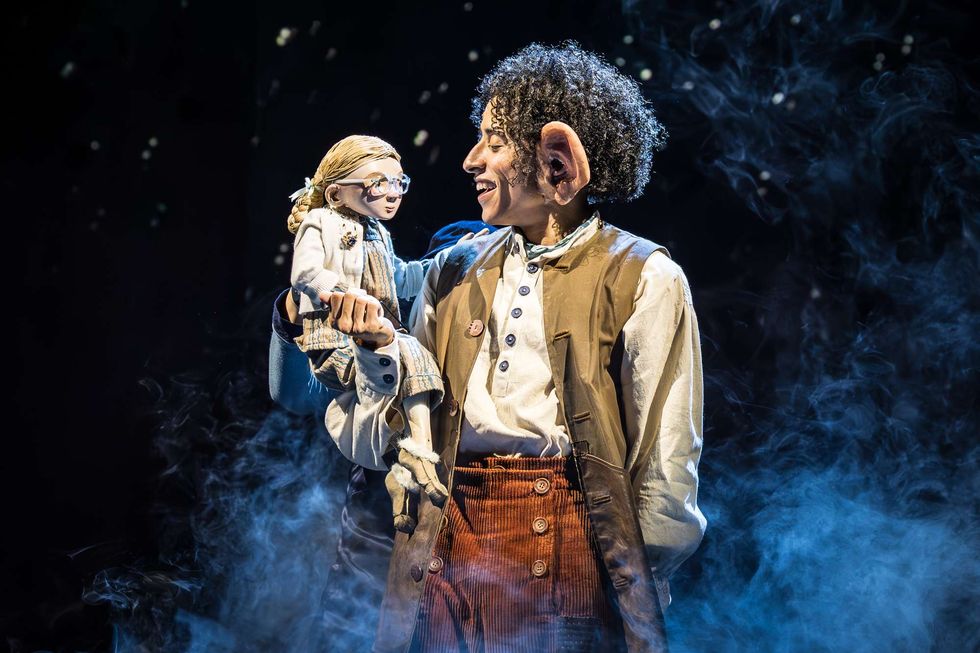 BFG production images, directed by Daniel Evans. Royal Shakespeare Theatre, taken in November 2025.Royal Shakespeare Company/(c) Marc Brenner
BFG production images, directed by Daniel Evans. Royal Shakespeare Theatre, taken in November 2025.Royal Shakespeare Company/(c) Marc Brenner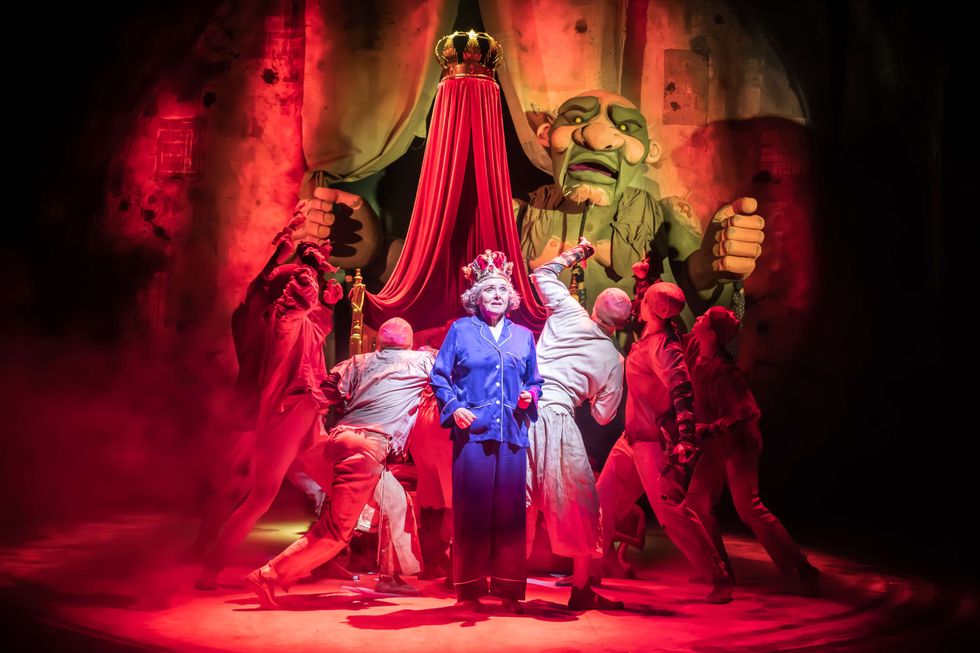 BFG production images, directed by Daniel Evans. Royal Shakespeare Theatre, taken in November 2025.Royal Shakespeare Company/(c) Marc Brenner
BFG production images, directed by Daniel Evans. Royal Shakespeare Theatre, taken in November 2025.Royal Shakespeare Company/(c) Marc Brenner





